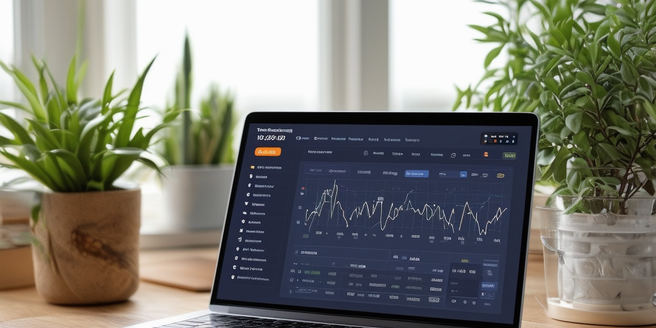
Understanding the Basics of Time Blocking
Time blocking is a productivity technique where you divide your workday into fixed time slots, with each slot dedicated to a specific task or activity. This method helps minimize distractions by providing a structured approach to time management. By planning your day in advance, you can better anticipate and avoid potential interruptions. Time blocking also allows you to focus intensely on one task at a time, increasing your efficiency and effectiveness. To get started with time blocking, it’s important to first identify your most critical tasks and allocate sufficient time for each. One effective way to prioritize is by using the Eisenhower Matrix to distinguish between urgent and important tasks. Additionally, remember to include breaks and buffer times to accommodate unexpected disruptions.
Identifying Core Tasks and Priorities
Identifying your core tasks involves understanding what activities have the most significant impact on your goals and objectives. Start by listing all the tasks you perform regularly, then categorize them based on their importance and urgency. It may help to ask for feedback from colleagues to gain additional perspectives on prioritization. Consider using a task management tool to keep track of your list effectively. Focus on high-impact tasks that align with your long-term goals and provide the most value. By prioritizing these essential activities, you can ensure that your time blocks are dedicated to tasks that drive progress and productivity. Regularly review and adjust your priorities to stay aligned with your objectives.
Setting Up Your Time Blocking Schedule
Setting up a time blocking schedule involves planning your day in advance, either the night before or at the beginning of your day. Start by allocating time slots for your most important tasks, followed by secondary tasks and routine activities. Use a calendar or planner to visualize your schedule, and be realistic about the time needed for each task. This method helps in prioritizing tasks and enhances productivity. This approach allows you to manage your day effectively and ensure all tasks are accounted for. Include breaks and buffer times to avoid burnout and accommodate unforeseen events. Consistency is key, so try to stick to your schedule as closely as possible while remaining flexible to adjust as needed.
Using Digital Tools for Effective Time Blocking
Digital tools can enhance your time blocking efficiency by providing convenient ways to organize and manage your schedule. Calendar apps, task management software, and time tracking tools are valuable resources that help you allocate time slots, set reminders, and monitor your progress. Additionally, many of these tools offer user-friendly interfaces that make planning and adjusting your schedule a breeze. The ability to synchronize across multiple devices ensures that you always have access to your schedule. Utilize features like color-coding, notifications, and integration with other productivity apps to streamline your workflow. By leveraging these tools, you can maintain a clear and organized time blocking system that adapts to your needs and boosts your productivity.
Maintaining Flexibility Within Your Time Blocks
While time blocking provides structure, it’s essential to maintain flexibility within your schedule. Life is unpredictable, and unexpected events can disrupt your plans. To manage this, include buffer times between your blocks and be willing to adjust your schedule when necessary. A proactive approach can help you handle these disruptions efficiently. Periodically review and reassess your time blocks to ensure they remain effective and relevant to your current priorities. Additionally, don’t hesitate to delegate tasks if that can help alleviate pressure and maintain balance. Flexibility allows you to stay productive without feeling overwhelmed, enabling a balanced approach to time management that accommodates both planned and unforeseen tasks. Remember, it’s important to listen to your own needs and make adjustments accordingly.
